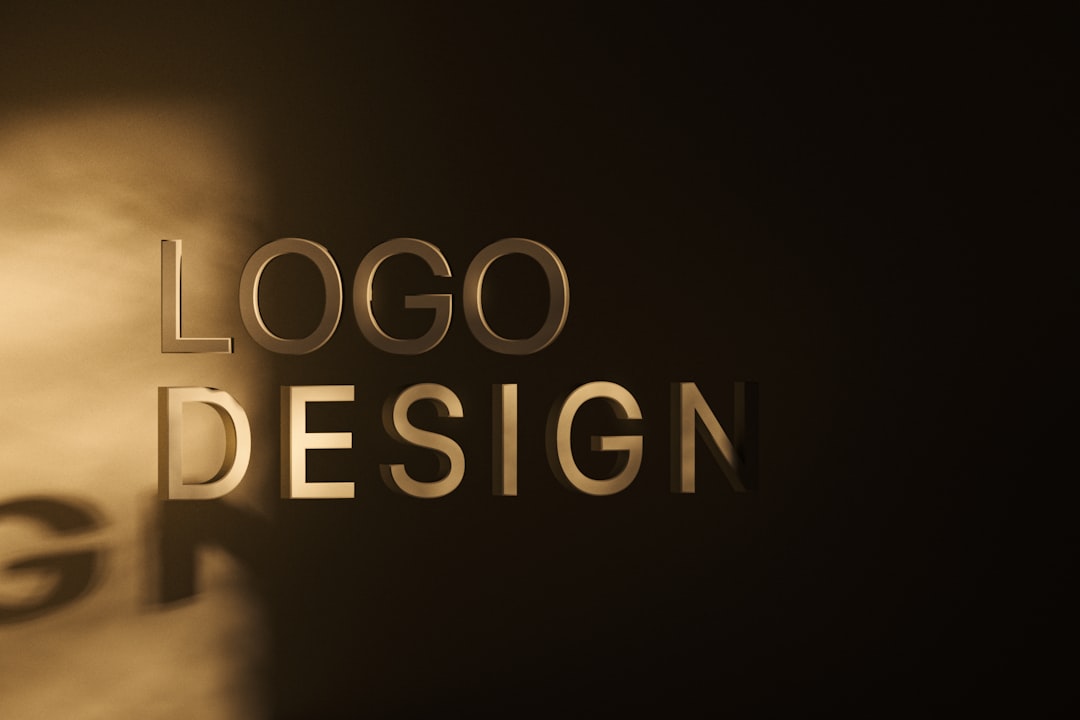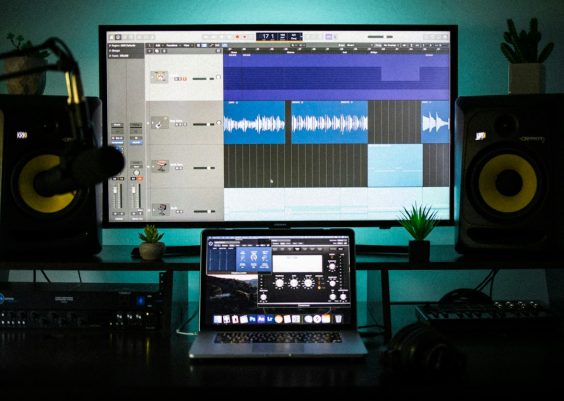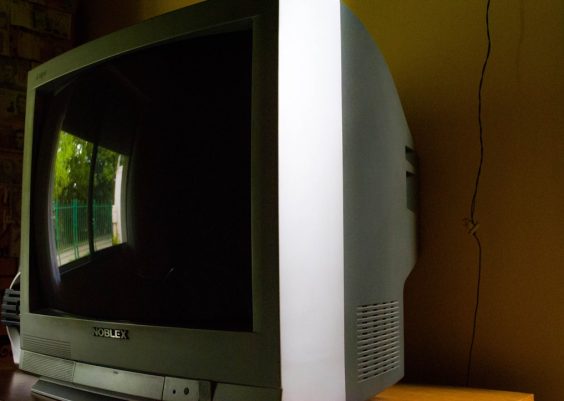In an era of infinite scrolling, attention is the most valuable currency. Whether it’s for social media, blog content, ads, or landing pages, a visually stunning image can be the make-or-break factor in grabbing someone’s attention. Fortunately, you no longer need to be a professional graphic designer to create breathtaking, scroll-stopping images. Thanks to artificial intelligence (AI), even complete beginners can produce high-impact graphics in just seconds.
Contents
TL;DR:
Creating visually compelling images that stop users in their scroll has never been easier, thanks to AI-powered design tools. These platforms enable users to generate designs from simple text prompts, saving time and eliminating the need for design skills. Whether you’re marketing on social media or building a personal brand, AI tools can be a game changer. The key lies in picking the right tool and learning how to prompt it effectively.
Why Scroll-Stopping Images Matter
Before diving into how to create them, it’s important to understand why scroll-stopping images are essential. Your audience is bombarded with hundreds, if not thousands, of visuals every single day. To stand out, your image needs to pop within the first second of viewing. A great image can:
- Increase engagement – More likes, shares, and comments
- Drive conversions – Leads, sales, or clicks to your offer
- Create brand identity – Consistent visuals build recognition
How AI Makes Design Effortless
AI has democratized the art of image creation. Instead of spending hours on tools like Photoshop or Canva, AI-powered platforms can generate jaw-dropping visuals from a couple of words. Here’s how it works:
- Text-to-image generation: Input a short prompt like “astronaut riding a horse” and the AI returns a high-quality, unique image.
- Templates and styles: Many AI tools offer preset templates for social media, ads, and blog visuals, so you don’t have to start from scratch.
- AI upscaling and editing: Improve image resolution or tweak elements using AI without needing any editing skills.
Popular AI Tools to Create Scroll-Stopping Images
Not all AI tools are equal, and choosing the right one depends on your goals. Here are some of the top contenders:
- Midjourney: Best for highly artistic or surreal designs, especially for conceptual visuals.
- DALL·E 3 (by OpenAI): Great for detailed, realistic images and professional-looking compositions.
- Canva AI: Perfect for those combining AI images with traditional design layouts. Includes text-to-image and magic design features.
- Adobe Firefly: Ideal for those already in Adobe’s ecosystem. Offers powerful editing, generative fill, and style application.
- Runway ML: Offers advanced video and image generation, perfect for multimedia creators.
Step-by-Step: Making an AI-Generated Scroll-Stopping Image
Here’s a streamlined process anyone can follow to create an eye-catching visual in seconds:
- Step 1: Choose Your Tool
Pick a tool like Midjourney, DALL·E 3, or Canva AI depending on your needs and access. - Step 2: Write a Clear Prompt
Optimized image prompts contain descriptive language. For example: “A futuristic city at sunset, glowing lights, flying cars, wide-angle.” - Step 3: Generate and Review
Most generators give 4 image options. Pick the best or regenerate for alternatives. - Step 4: Edit or Enhance
Use AI tools or simple tweaks (cropping, text overlay) to polish the image. - Step 5: Export and Share
Download the image in the appropriate resolution. Test different formats (square, portrait, stories) for optimum results.

Tips to Make AI Images Truly Scroll-Stopping
Not all images are created equal, even with AI. To achieve maximum visual impact, consider the following expert tips:
- Use contrast and color: Bold colors and contrast draw the eye. Avoid muted or overly blended designs for feeds packed with color.
- Focus on novelty: Strange, creative, or unexpected concepts tend to perform better. Think “cat wearing sunglasses on the moon” rather than “sunset beach scene.”
- Text overlays: Use Canva or similar tools to add striking headlines with strong typography. Keep it short and impactful.
- Emotion wins: Faces showing emotion—joy, surprise, curiosity—perform better than abstract or impersonal visuals.
- Use space wisely: Strategic whitespace (empty areas) helps draw attention to the focal point.
Applications Across Industries
AI graphics aren’t just for influencers or meme creators. They impact multiple sectors:
- E-Commerce: Create dynamic product mockups or lifestyle images without the need for actual photoshoots.
- Blogging and Content Creation: Generate high-quality featured images or illustrations to support written content.
- Marketing Agencies: Speed up ad creative production and A/B test striking visuals without additional cost.
- Education: Use illustrations to break down abstract concepts or add engagement to learning material.
- Entertainment: Movie posters, character visualizations, or storyboards brought to life with a prompt.

What to Avoid When Using AI for Images
While AI is powerful, it’s not without flaws. To avoid common pitfalls:
- Don’t overload the prompt: Keeping it concise often yields better results than overly complex directions.
- Watch for image artifacts: Extra fingers, distorted faces, or misplaced objects can appear in AI images. Always review before posting.
- Avoid overuse: Consistent use of one AI style can make content feel repetitive. Switch styles or tools occasionally.
- Respect copyright: Even AI-generated images can have restrictions. Always check licensing, especially for commercial work.
- Ethical concerns: Avoid using real people’s likenesses, misleading visuals, or content that could be interpreted as manipulative.
Conclusion
Thanks to fast-evolving AI technology, anyone can now produce jaw-dropping visuals that stop users mid-scroll. Whether you’re a digital marketer, content creator, or business owner, these tools can multiply your impact with minimal effort. The key is learning how to prompt properly, applying strong design trends, and continuously experimenting. In a world of visual overload, making that one image stand out is now just a few clicks away.
FAQ
- Q: What is a scroll-stopping image?
A scroll-stopping image is a visual that is eye-catching enough to make viewers pause while scrolling through content, often used in social media or digital marketing. - Q: Do I need design experience to create images with AI?
No. Most AI tools are built to be intuitive for beginners and require just a descriptive text prompt to generate images. - Q: Are AI-generated images safe to use commercially?
It depends on the platform. Some tools grant commercial rights, while others may have restrictions. Always read the licensing terms before using images for business. - Q: Can I edit AI-generated images?
Yes, most AI apps allow or support further post-generation editing, either in-platform or through integration with other tools like Photoshop or Canva. - Q: How can I make sure my AI images look unique?
Try using highly specific prompts or combining unusual concepts. Adding your own text overlays or elements also enhances uniqueness.




